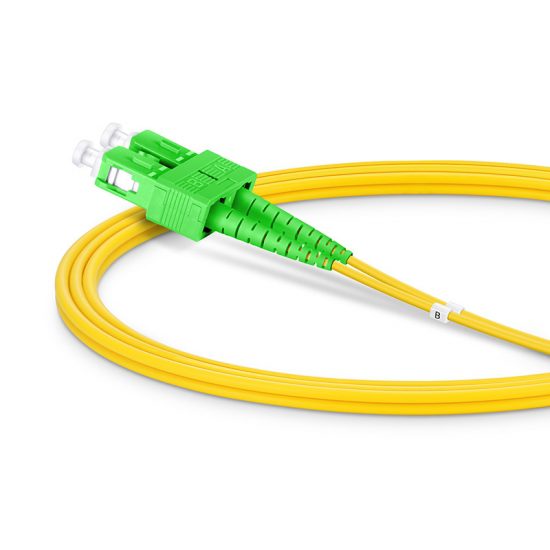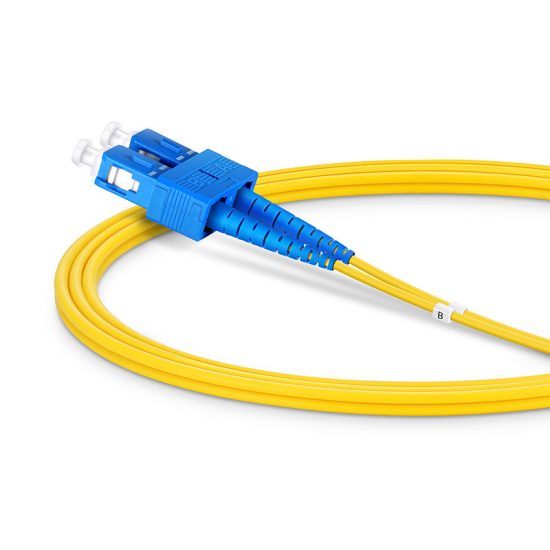Fiber optics play a critical role in the deployment of 5G wireless communication systems. 5G networks require high-speed, low-latency data transfer, and fiber optics provide the necessary infrastructure to support these demands.
Fiber optics consist of thin glass or plastic fibers that are capable of transmitting data over long distances at extremely high speeds. The core of the fiber is made of glass or plastic and is surrounded by a cladding layer that reflects the light back into the core, allowing the data to travel long distances without losing strength.
In 5G networks, fiber optics are used to provide backhaul, which is the connection between the base station and the network’s core. This connection is essential for 5G networks because it enables high-speed data transfer between the base station and the core network. The use of fiber optics for backhaul allows for faster data transfer speeds, which is crucial for supporting 5G’s high-bandwidth applications such as virtual reality and autonomous vehicles.
Fiber optics also play a critical role in small cell deployment, which is a key component of 5G networks. Small cells are low-power radio access points that are deployed in densely populated areas to increase network capacity and coverage. These small cells are connected to the network’s core through fiber optic cables, which provide the necessary high-speed, low-latency connectivity to support 5G’s high-bandwidth applications.
In addition to backhaul and small cell deployment, fiber optics are also used in the distribution of 5G fronthaul. Fronthaul is the connection between the base station and the remote radio head. This connection is also critical for 5G networks as it enables high-speed data transfer between the base station and the remote radio head. Fiber optics are used for fronthaul because they offer the necessary high-speed, low-latency connectivity to support 5G’s high-bandwidth applications.
In summary, fiber optics play a critical role in the deployment of 5G wireless communication systems. They provide the necessary infrastructure to support 5G’s high-speed, low-latency data transfer requirements. Fiber optics are used for backhaul, small cell deployment, and fronthaul to enable high-speed data transfer and support 5G’s high-bandwidth applications. As the demand for more data and faster speeds continue to grow, fiber optics will become even more important for 5G networks and the future of wireless communication.



